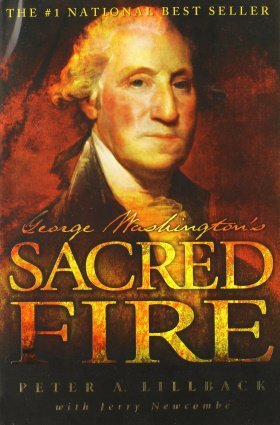October 3 —- Assumed position as Warden of Pohick Church in Truro Parish.
1765
September 20 —- Disapproved of Stamp Act in letter to Martha’s uncle, Francis Dandridge in England.
1770
October 5 — Began journey to the Ohio and Kanawha Rivers in Indian Country to secure claims on lands given in payment to himself and fellow soldiers for service in the French and Indian War.
1773
June 19 —- Patsy Parke Custis, Washington’s stepdaughter, died at Mount Vernon of what was likely an epileptic seizure.
July 5 —- John Parke Custis wrote to his mother Martha Washington, “Things My dear Mother were going on in this agreeable Manner, till last Thursday, the day I received Pappa’s melancholy Letter, giving an account of my dear & only Sister’s Death....she enjoys that Bliss prepared only for the good & virtuous,...comfort yourself with reflecting that she now enjoys in substance what we in this world enjoy in imagination & that there is no real Happiness on this side of the grave. ...remember you are a Christian and that we ought to submit with Patience to the divine Will and that to render you happy shall be the constant care of your affectionate and dutiful son.”38
1774
February 3 —- John Parke Custis married Eleanor Calvert, who became the parents of Nelly Custis and George Washington Parke Custis, who lived after John’s death with the Washingtons at Mount Vernon. Mrs. Washington, still being in mourning over the death of Patsy, did not attend the wedding, but is said to have sent a letter of love to Eleanor through George, who did attend.39
1775-1783
Commander in chief of the American Army in the Revolutionary War. George’s cousin Lund Washington (1737-1796) took care of Mount Vernon during the war.
1775
June 15 —- Congress commissions Washington as commander in chief of the American Army.
June 18 —- General Washington writes to Martha that he reluctantly agreed to lead the American Revolutionary Army. As a result, Washington would be gone from Mount Vernon for eight years.
December 11 —- Martha arrived at Cambridge to winter with General Washington at his headquarters. Tradition claims that she said she arrived at the last fire of the last battle of the year, and departed at the first fire of the first battle of the year, throughout the war. She spent every winter of the war with General Washington at his headquarters.
1777
December —- Anna Maria Bassett, Martha Washington’s sister, and mother of Fanny Bassett (1767-1796), died.
1779
Granddaughter Eleanor Parke Custis born (1779-1852).
1781
Stepson John Parke Custis served as a civilian aide to General Washington.
Grandson George Washington Parke Custis born (1781-1857). November 5 —- John Parke Custis died less than three weeks after the British surrender at Yorktown. This occurred at Eltham, near Williamsburg at the home of his aunt and uncle, Anna Maria and Burwell Bassett. He had contracted camp fever or typhoid at the Battle of Yorktown. His wife, Eleanor Calvert, Martha Washington, and General Washington were all present when he died.
1783
At Mount Vernon, Mrs. Washington cared for the younger two of the four children of her deceased son, John Parke Custis.
Eleanor Parke Custis (“Nelly”) and George Washington Parke Custis (“Tub”) would be “adopted” by General and Mrs. Washington. They lived with them at Mount Vernon and at two presidential residences, until Mrs. Washington’s death.
Nelly’s and George Washington Parke Custis’ older sisters, Elizabeth Parke Custis (1776-1732) and Martha Parke Custis (1777-1854) stayed with their mother, Eleanor Calvert Custis, at her home, Abingdon, only a few miles north of Mount Vernon.
December 24 —- On Christmas Eve, General Washington returned to Mount Vernon to stay for the first time since the beginning of the war.
1784–1788
These were years of rebuilding and repairing Mount Vernon after the inescapable neglect caused by the war.
1784
Niece Fanny Bassett, daughter of Martha’s deceased sister, Anna Maria Dandridge Bassett, came to live at Mount Vernon in 1784.
1787

























